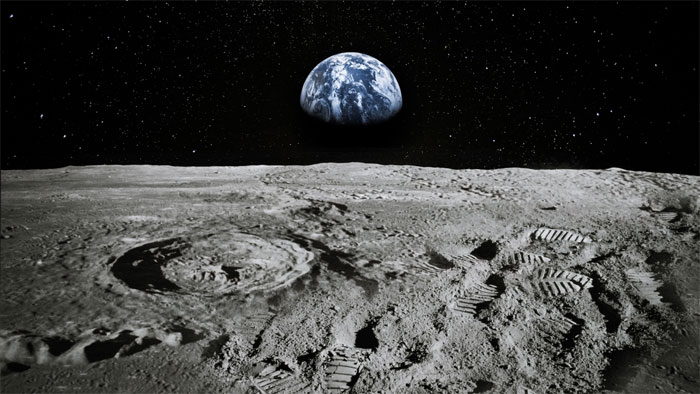The latest research results from samples brought back from the Moon by China’s Chang’e 5 spacecraft, published by the Chinese Academy of Sciences on October 19, reveal significant breakthroughs in decoding the mysteries of the Moon’s evolutionary process.
Accordingly, researchers employed high-resolution uranium-lead dating technology to analyze over 50 uranium-rich minerals in the basalt layers of the Chang’e 5 lunar samples, determining that the age of basalt formation is 2.03 billion years. This indicates that there was magma activity on the Moon up to 2 billion years ago, which is about 800 million years longer than the previously identified cessation of magma activity based on earlier lunar samples.
The research findings indicate that the Chang’e 5 lunar samples did not participate in the material that enriched potassium, rare earth elements, and phosphorous that were initially melted. This result has ruled out the dominant hypothesis that the heat source for magma melting comes from radiogenic heat elements and the final activity processes of lunar magma.

Illustrative image: iStock
Scientists also utilized analysis technology developed by the Institute of Geology and Earth of China to determine the water content and hydrogen isotope composition of the Chang’e 5 lunar samples, showing that the water content in the Moon’s mantle is very low. This finding excludes the hypothesis that the Moon’s mantle has a low melting temperature due to high water content, which would lead to an unusually prolonged period of magma activity.
The new research results raise new scientific questions for studying the evolutionary history of the Moon. The reason for the Moon’s slow cooling remains unclear. Therefore, a new theory and evolutionary model is needed, opening a new direction for future lunar exploration.
It is known that nearly a year ago, China’s unmanned Chang’e 5 spacecraft successfully landed on the Moon during its mission to collect approximately 2 kg of soil and rock samples to gain a better understanding of the origins, formation, and volcanic activity on the surface. China is the third country, following the United States and the Soviet Union, to successfully collect samples from the Moon.


















































